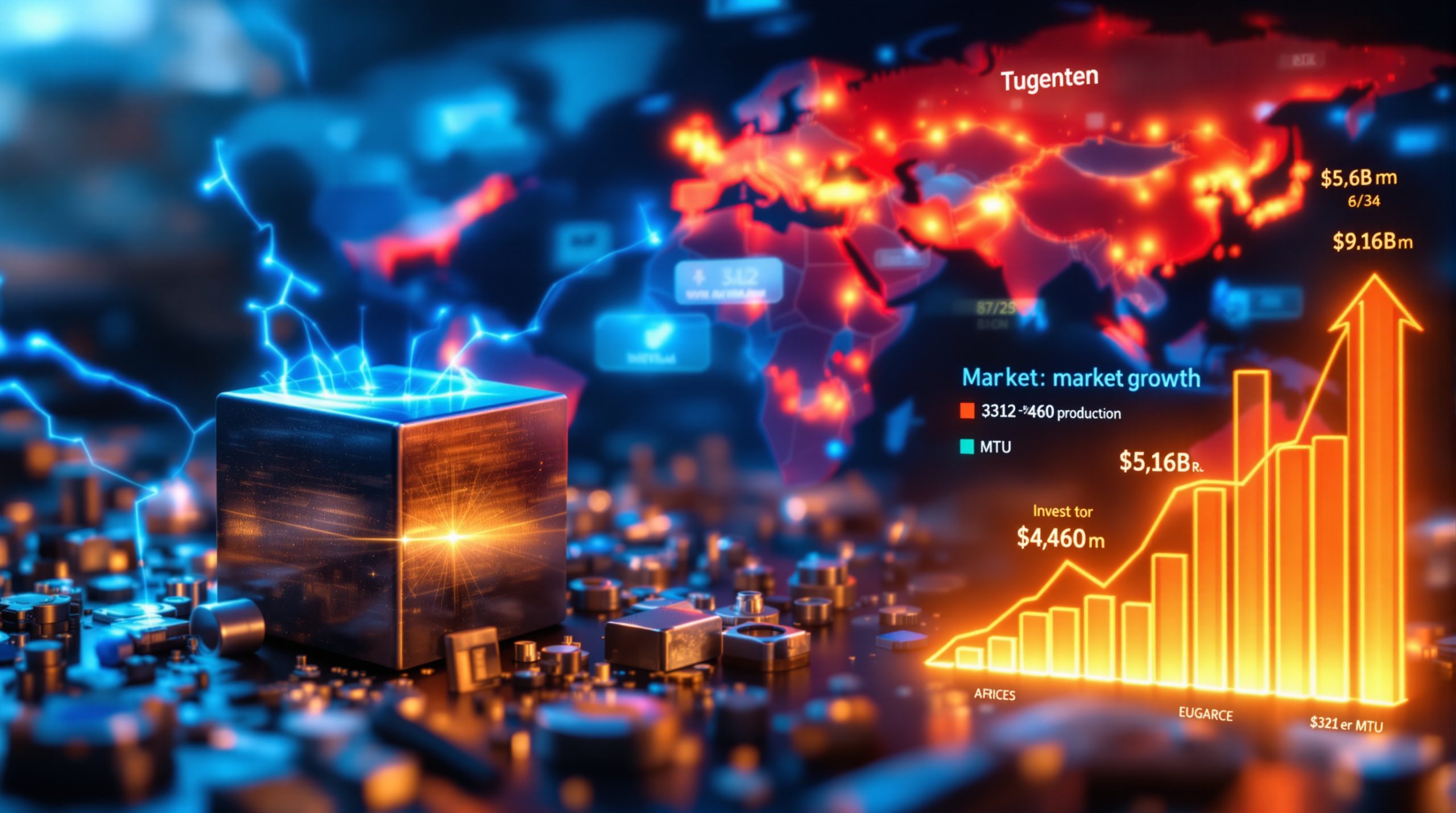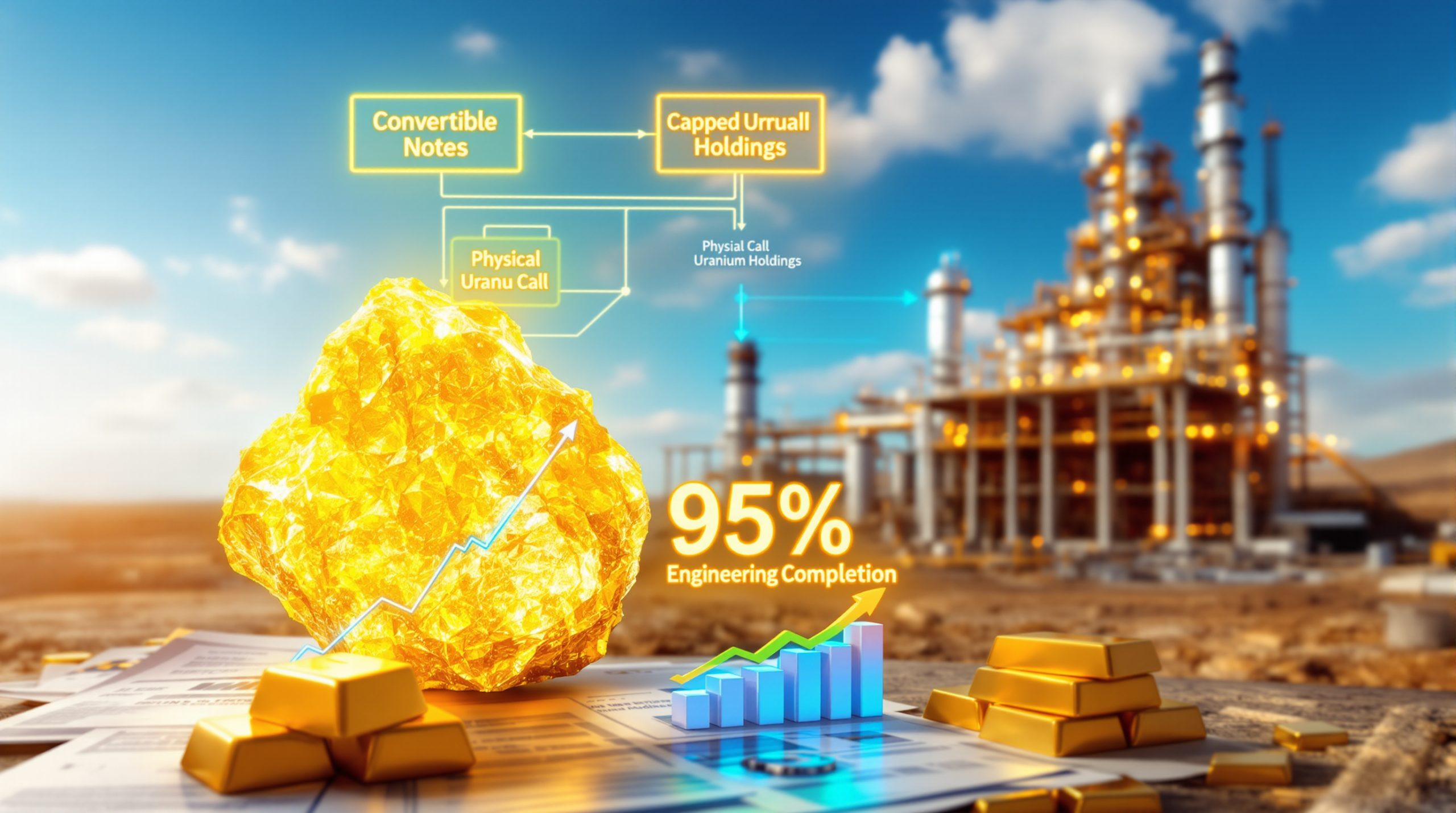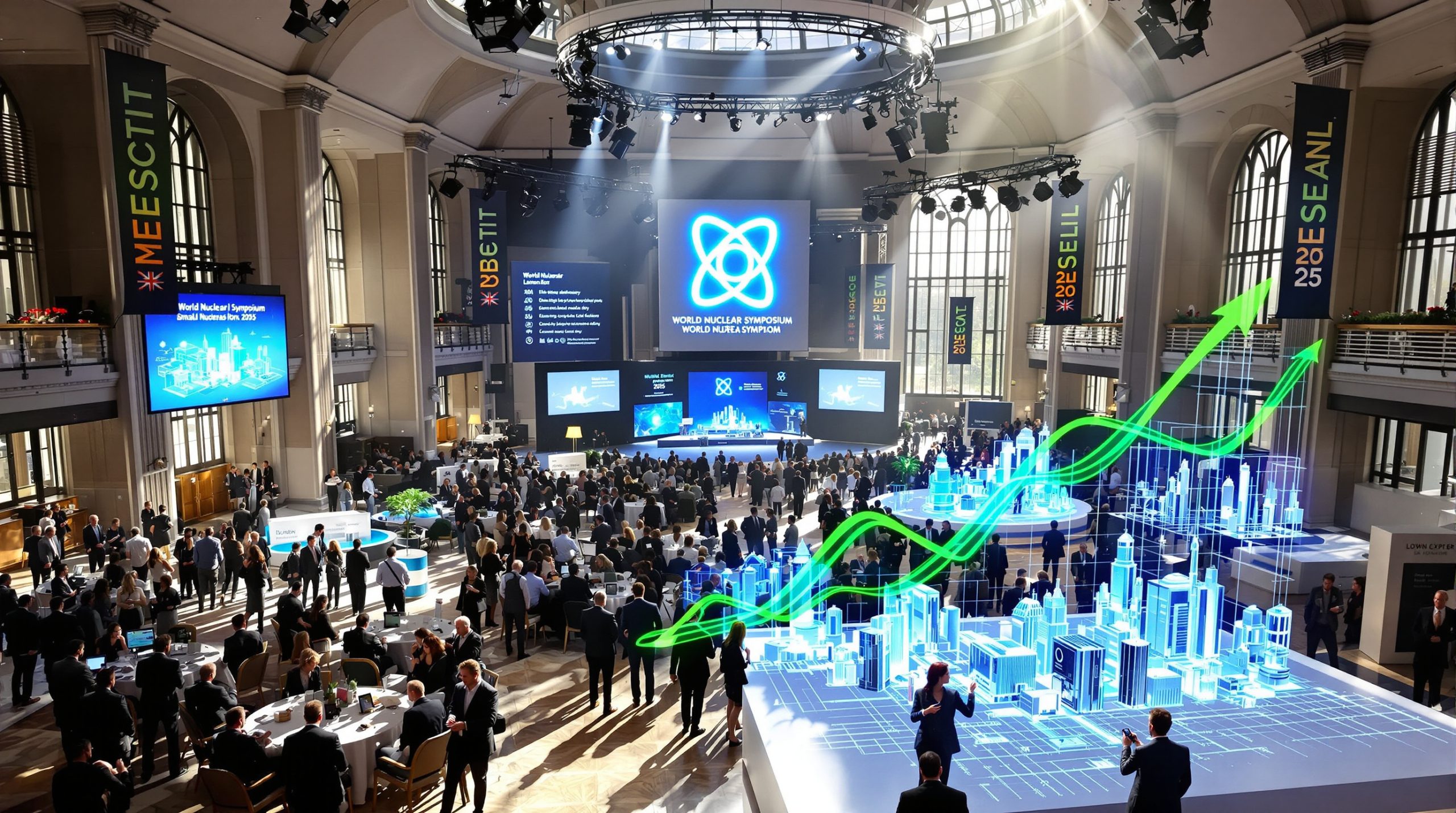Green Steel Production in Southeast Asia: Transforming Regional Manufacturing Amid Oversupply Challenges
Southeast Asia's steel industry stands at a critical crossroads, balancing massive production capacity growth with emerging sustainability imperatives. As the region confronts significant steel oversupply concerns, innovative manufacturers are pivoting toward green steel production—not only addressing environmental challenges but also creating strategic market differentiation in an increasingly competitive landscape.
What is Driving Green Steel Production in Southeast Asia?
The Oversupply Challenge
The ASEAN-6 region faces an unprecedented surge in steel production capacity, with projections showing an increase from 78 million tonnes per year (tpy) in 2022 to 94 million tpy by 2024. Even more striking, this capacity could potentially reach 182.5 million tpy by 2030, according to data from the Southeast Asia Iron and Steel Institute (SEAISI).
This explosive growth creates significant market pressures as production capacity consistently outpaces regional demand. Industry analysts have repeatedly warned about the dangers of this mismatch, noting that it threatens to suppress iron ore price trends while potentially triggering defensive trade measures from importing countries.
"Market sources have regularly raised the alarm about the growing steel production capacity and oversupply in the seaborne markets in Southeast Asia. They point out that it could potentially turn into the next net steel exporter," reports indicate from recent market assessments.
The Sustainability Imperative
In this challenging market environment, forward-thinking producers are strategically positioning themselves as green steel manufacturers. This approach serves a dual purpose: aligning with global decarbonization trends while creating meaningful product differentiation in an oversaturated marketplace.
Green steel producers gain several competitive advantages:
- Premium Market Access: Ability to target environmentally conscious buyers willing to pay sustainability premiums
- Regulatory Readiness: Better positioning for future carbon regulations and border taxes
- Investment Appeal: Enhanced attractiveness to ESG-focused investors and lenders
- Supply Chain Integration: Meeting requirements of downstream manufacturers with sustainability targets
This strategic pivot aligns with broader regional commitments to climate action while potentially insulating producers from the worst effects of market oversupply through access to premium segments.
How Are Southeast Asian Producers Implementing Green Steel Technology?
Hydrogen-Based Direct Reduced Iron (DRI)
Direct Reduced Iron (DRI) technology forms the cornerstone of most green steel initiatives across Southeast Asia. This approach reduces iron ore using hydrogen as a reductant rather than traditional carbon-intensive coke, significantly lowering emissions.
Key implementation strategies include:
- Phased Hydrogen Integration: Most producers begin with natural gas-based reduction while establishing infrastructure and processes for increasing hydrogen percentages
- Measurable Carbon Reduction: Initial targets typically aim for 70% emissions reduction compared to conventional blast furnaces
- Technology Partnerships: Collaboration with established technology providers to accelerate implementation timelines
- Feedstock Optimization: Careful selection of iron ore with chemical and physical properties suitable for DRI processes
This phased approach allows producers to begin decarbonization immediately while creating a clear pathway toward near-zero-emission steel as green hydrogen becomes more economically viable.
Electric Arc Furnace (EAF) Implementation
Electric Arc Furnaces play a crucial role in the green steel transition, offering superior environmental performance compared to traditional basic oxygen furnaces when powered by renewable energy.
Southeast Asian green steel producers are implementing EAFs with several key considerations:
- Renewable Power Integration: Securing dedicated renewable electricity supplies through power purchase agreements or on-site generation
- Enhanced Flexibility: Taking advantage of EAFs' ability to rapidly adjust production levels in response to market conditions
- Increased Scrap Utilization: Leveraging EAFs' capacity to process substantially higher percentages of scrap (up to 100%) compared to blast furnaces (typically limited to 10-15%)
- Quality Management: Implementing advanced systems to maintain consistent product quality despite variable feedstock
This technological shift represents not just environmental improvement but also strategic production flexibility in volatile market conditions.
Raw Material Optimization
Green steel production demands specialized raw material streams that differ significantly from those used in traditional steelmaking. Leading producers are securing these critical minerals energy transition through:
- Premium Iron Ore Contracts: Establishing long-term supply agreements for high-grade iron ore with minimal impurities
- Dedicated HBI Production: Investing in Hot-Briquetted Iron facilities as feedstock for EAF operations
- Scrap Sorting Technologies: Implementing advanced scrap classification systems to maximize recycled content while maintaining quality
- Circular Supply Chains: Developing closed-loop material recovery systems with major customers
These raw material strategies not only support environmental goals but also help insulate producers from volatile commodity markets.
Who Are the Key Players Transforming Southeast Asian Steel Production?
Meranti Green Steel
Meranti Green Steel has positioned itself as a pioneer in Southeast Asia's green steel transition, with ambitious plans for Thailand-based production that incorporates leading-edge sustainability technologies.
The company's integrated approach includes:
- Implementation of DRI technology with progressive hydrogen integration
- Electric Arc Furnaces powered primarily by renewable energy
- Targeted 70% carbon dioxide reduction compared to conventional blast furnace production
- Strategic offtake agreements with Anglo American for premium iron ore pellets and lumps
- Focus on green hot-rolled coil (HRC) production for high-value applications
By establishing itself as "the region's first green steel business", Meranti aims to capture premium market segments while setting new regional standards for sustainable production.
Green Esteel
Malaysia-based Green Esteel represents another significant entrant in the region's green steel landscape, with substantial investments already deployed and more planned:
- Successfully launched a 2.5 million tpy HBI plant in Sipitang, Malaysia
- Established a strategic partnership with Japanese trader Hanwa, securing sales rights for HBI production including exports to Japan
- Utilizes natural gas for initial reduction processes with provisions for future hydrogen integration
- Planning expansion into additional DRI and finished steel production facilities
The company's phased approach allows it to establish market presence while building toward increasingly sustainable production methods.
Maegma Minerals
Maegma Minerals, part of the Kuala Lumpur-based Melewar Group, is advancing HBI production in Malaysia through:
- A signed MOU with Primetals Technologies (June 2025)
- Planning for a 2 million tpy HBI plant in Lumut, Perak
- Integration with existing industrial infrastructure
- Clear pathways for expansion into downstream steel production
This investment highlights the growing recognition of HBI's importance in the green steel supply chain, serving both domestic and export markets across the region.
How Does Green Steel Compare to Traditional Production Expansion?
Conventional Capacity Growth
Despite mounting concerns about regional oversupply, traditional steelmakers continue aggressive capacity expansion using conventional blast furnace technology:
-
Hoa Phat Group: Vietnam's largest steelmaker is expanding to 16 million tpy capacity by September 2025 through its Dung Quat 2 Project, with longer-term targets of 21 million tpy by 2029. This 85 trillion Vietnamese dong ($3.4 billion) investment includes multiple 1,080 cubic meter blast furnaces, each with 1.0-1.2 million tpy capacity.
-
Alliance Steel: Planning significant capacity increases targeting 10 million tpy total production.
-
Krakatau Steel/Krakatau Posco: Adding 3 million tpy in new capacity to existing operations.
-
Wenan Steel: Targeting substantial growth with 10 million tpy capacity goals.
-
Hebei Bishi: Pursuing moderate expansion with 3 million tpy capacity targets.
This conventional capacity growth continues despite clear signals of regional oversupply, raising questions about long-term viability without differentiation.
Strategic Advantages of Green Steel
Green steel production offers distinct advantages in the increasingly crowded Southeast Asian market:
- Price Premium Potential: Ability to command higher prices from environmentally conscious buyers, particularly in export markets with stringent carbon regulations
- Future-Proof Operations: Better positioned to adapt to evolving carbon pricing and border adjustment mechanisms
- Financing Advantages: Enhanced access to green financing instruments and sustainability-linked loans
- Supply Chain Integration: Preferred supplier status for manufacturers with Scope 3 emission reduction targets
- Operational Flexibility: Greater ability to adjust production volumes in response to market conditions
These advantages allow green steel producers to potentially thrive in the same market conditions that threaten the profitability of conventional producers.
Cost Structure Differences
The economics of green steel production differ significantly from conventional methods:
- Capital Investment Profile: Higher upfront investment but lower ongoing modernization requirements
- Energy Cost Exposure: Reduced vulnerability to fossil fuel price volatility, particularly with renewable power purchase agreements
- Carbon Cost Avoidance: Substantial protection from current and future carbon pricing mechanisms
- Maintenance Requirements: Generally lower maintenance costs due to fewer high-temperature components
- Operational Flexibility: Reduced costs associated with production scaling during market downturns
While green steel currently carries cost premiums, these are projected to decrease as technologies mature and carbon regulations tighten globally.
What Impact Will Green Steel Have on Raw Material Markets?
Evolving Demand for Iron Ore
The shift toward green steel is reshaping iron ore requirements across Southeast Asia:
- Chemical Composition Priority: Increasing focus on iron content and reduced impurities, particularly silica, alumina, phosphorus, and sulfur
- Physical Properties Emphasis: Growing demand for pellet-grade material with properties optimized for DRI processes
- Direct Shipping Ore Changes: Evolving specifications for direct shipping ores to accommodate hydrogen-based reduction
- Supply Chain Development: Emergence of specialized beneficiation services to upgrade lower-quality ores to DRI standards
These changes are already influencing pricing structures, with growing premiums for high-grade, low-impurity ores suitable for green steel production.
Transforming Scrap Markets
Ferrous scrap, once considered primarily a cost-optimization input, is becoming increasingly strategic in Southeast Asia's green steel ecosystem:
- Quality Differentiation: Widening price spreads between standard and premium scrap grades, with Steel scrap HMS 1&2 (80:20) CFR Vietnam recently assessed at $335-345 per tonne and H2 Japan-origin material at $310-320 per tonne
- Processing Investment: Growing capital allocation to advanced scrap processing technologies including automated sorting and impurity removal
- Collection Infrastructure: Development of improved domestic collection systems to reduce import dependence
- Cross-Border Flows: Evolving regional trade patterns as premium scrap attracts higher valuations
Industry sources indicate that "demand for higher-grade scrap material is likely to strengthen" as new EAF capacity comes online, further accelerating these market transformations.
HBI Market Growth
Hot Briquetted Iron (HBI) is emerging as a critical bridge material in Southeast Asia's steel transition:
- Price Strengthening: Recent HBI assessments show market strengthening, with prices reaching $327-330 per tonne CFR Asia, up from previous ranges
- Volume Expansion: Regular trades of up to 50,000 tonnes reported to Vietnam from global suppliers including the Middle East, United States, and Malaysia
- Quality Standardization: Developing specifications for HBI optimized specifically for green steel applications
- Regional Production Growth: Increasing investment in dedicated HBI facilities throughout Southeast Asia
As a low-carbon steelmaking raw material that complements ferrous scrap, HBI provides essential feedstock flexibility while supporting decarbonization goals.
What Challenges Face Green Steel Implementation in Southeast Asia?
Economic Hurdles
Despite its strategic advantages, green steel production faces several significant economic challenges:
- Investment Intensity: Higher upfront capital requirements compared to conventional capacity expansion
- Operating Cost Gap: Current production cost premiums until technologies achieve greater scale and maturity
- Price Competition: Difficulty establishing sustainable price premiums in markets still primarily driven by cost considerations
- Risk Perception: Higher perceived technology and market risks influencing financing terms
- Infrastructure Dependencies: Additional costs associated with developing supporting infrastructure for hydrogen and renewable energy
Overcoming these economic barriers requires careful financial planning, strategic partnerships, and potentially supportive policy frameworks.
Technical Barriers
Implementation of green steel technologies in Southeast Asia faces several technical challenges:
- Hydrogen Supply Limitations: Underdeveloped regional hydrogen production and distribution infrastructure
- Renewable Energy Access: Variable availability and cost of renewable electricity across different Southeast Asian markets
- Technology Adaptation: Need for modifications to established technologies to accommodate regional conditions
- Skills Development: Limited regional expertise in hydrogen-based DRI and related processes
- Quality Consistency: Challenges maintaining consistent product specifications with new production methods
Addressing these technical barriers requires substantial investment in both physical infrastructure and human capital development.
Regulatory Environment
The regulatory landscape for green steel in Southeast Asia presents both challenges and opportunities:
- Policy Fragmentation: Varying approaches to industrial decarbonization across different countries
- Certification Standards: Lack of unified regional standards for "green steel" classification
- Carbon Pricing Mechanisms: Uneven implementation of carbon pricing and related policies
- Trade Considerations: Complex interactions with global carbon border adjustment mechanisms
- Incentive Structures: Limited availability of specific incentives for green steel compared to other sectors
Progressive regulatory harmonization could substantially accelerate green steel adoption throughout the region.
How Will Green Steel Shape Southeast Asia's Industrial Future?
Regional Competitiveness
Green steel production could fundamentally transform Southeast Asia's position in global steel markets:
- Value Chain Positioning: Shift from commodity production to premium sustainable products
- Market Access Preservation: Ensuring continued access to environmentally regulated markets
- Industrial Ecosystem Development: Formation of sustainable manufacturing clusters around green steel production
- Export Differentiation: Creating distinct advantages in international markets compared to other producing regions
- Innovation Spillovers: Accelerating adoption of advanced manufacturing technologies beyond steel
This transition represents a potential leapfrog opportunity for Southeast Asian producers to bypass intermediate development stages and establish leadership in sustainable steel production.
Climate Impact
The environmental benefits of green steel extend well beyond individual facilities:
- Industrial Decarbonization: Addressing one of the region's most carbon-intensive industrial sectors
- Technology Demonstration: Proving the viability of hydrogen and electrification in mining and processing
- Supply Chain Transformation: Catalyzing sustainability improvements throughout related value chains
- Knowledge Development: Building regional expertise in industrial sustainability practices
- Climate Commitment Support: Contributing significantly to national climate commitments
Successful implementation of green steel could provide a blueprint for decarbonizing other hard-to-abate industrial sectors across Southeast Asia.
Investment Landscape Evolution
Financial flows are increasingly responding to green steel's emergence:
- Project Finance Innovation: Development of specialized financing structures for green steel projects
- Risk Assessment Evolution: Changing approaches to evaluating technology and market risks
- Infrastructure Coordination: Integrated planning for supporting hydrogen and renewable energy infrastructure
- Public-Private Partnerships: Emerging collaborative models to share development costs and risks
- Skills Investment: Growing allocation of resources to workforce development for new technologies
These financial trends indicate broader recognition of green steel's strategic importance beyond environmental considerations.
FAQ: Green Steel Production in Southeast Asia
What exactly makes steel "green"?
Green steel refers to production methods that significantly reduce carbon emissions compared to conventional blast furnace routes. This typically involves using hydrogen-based direct reduction, electric arc furnaces powered by renewable energy, and optimized raw materials. The greenest steel can achieve up to 95% lower emissions than traditional methods.
The greenness spectrum includes:
- Low-Carbon Steel: 30-50% emission reduction through efficiency improvements and partial technology substitution
- Medium-Carbon Steel: 50-80% emission reduction through combined hydrogen-DRI and renewable electricity
- Ultra-Low-Carbon Steel: 80-95%+ emission reduction through green hydrogen and 100% renewable electricity
How does green steel pricing compare to conventional steel?
Currently, green steel commands a premium of approximately 10-30% over conventional steel, depending on the production method and carbon reduction achieved. This premium is expected to decrease as technologies mature and carbon pricing mechanisms evolve globally.
Key pricing factors include:
- Production Scale: Early facilities typically operate at higher unit costs
- Technology Maturity: Cost reductions expected through learning and optimization
- Carbon Regulation: Increasing costs for conventional production through carbon pricing
- Market Segment: Premium varies significantly by end-use application
Can existing steel plants be converted to green production?
While complete conversion is challenging, many facilities can implement partial greening strategies. This includes hydrogen injection into existing processes, renewable energy procurement, and gradual equipment replacement during regular maintenance cycles.
Conversion considerations include:
- Plant Age: Newer facilities generally offer more conversion flexibility
- Process Configuration: Some layouts facilitate easier transitions than others
- Available Space: Some technologies require additional physical footprint
- Energy Infrastructure: Access to renewable electricity and hydrogen supply
- Financial Position: Capital availability for conversion investments
What role will scrap play in Southeast Asia's green steel future?
Scrap will become increasingly important, with regional demand for high-quality grades projected to grow by 40% by 2030. This will drive both domestic collection improvements and increased imports from developed markets with mature scrap industries.
Scrap considerations include:
- Quality Differentiation: Growing price spreads between standard and premium grades
- Processing Technology: Investments in advanced sorting and cleaning
- Regional Supply Chains: Development of more sophisticated collection infrastructure
Want to Catch the Next Big Mineral Discovery Before the Market Does?
Discovery Alert's proprietary Discovery IQ model instantly identifies significant ASX mineral discoveries, transforming complex data into actionable investment opportunities for both short-term traders and long-term investors. Explore how major discoveries have generated substantial returns by visiting our dedicated discoveries page and begin your 30-day free trial today.




